PROTECT YOUR DNA WITH QUANTUM TECHNOLOGY
Orgo-Life the new way to the future Advertising by AdpathwayCorn is essential in the summer vegetable garden! There’s nothing better than fresh corn on the cob. Once you try it, you’ll find the veggies at the grocery store lackluster and bland in comparison.
A key component of growing this crop is the harvest. You want to harvest at the right time, not too early or too late. The best time to harvest depends on the type of corn you’re growing and when you planted the seeds. It’ll also vary based on your garden’s climate.
Don’t despair! Instead, learn the signs your corn is ready for harvesting. Once you know what ripe ears look like, you’ll be well-equipped to pick them on time and not too early.
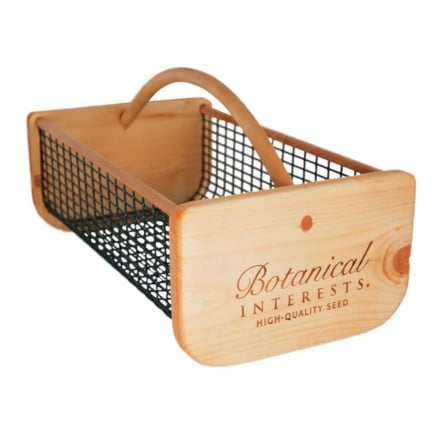
Honey and Cream Sweet Corn

Honey and Cream Sweet Corn Seeds
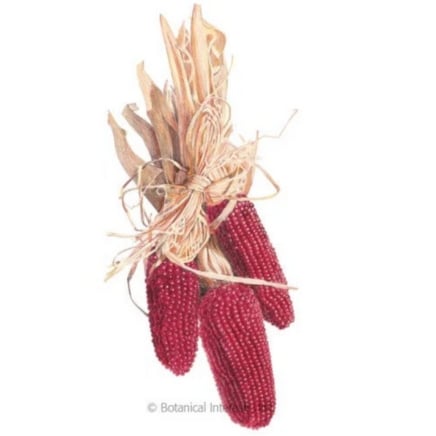
Strawberry Popcorn Corn Seeds

5 Corn Harvesting Tips
Corn harvesting occurs at the end of the growing season when summer shifts into fall. Shortening days and cooling temperatures cause this crop to ripen quickly before the end of the season. You’ll notice bulging ears and tall stalks throughout the field.
Wait for Plump Ears
 Kernels ripen when silks turn a dusty brown.
Kernels ripen when silks turn a dusty brown.The first sign that corn is ready for harvesting is plump ears. The ears are the sheathed cobs that hang off the stalk. They swell and grow plump as the kernels ripen inside.
Out of the cobs sprout silks. The silks are receptive parts of the female flowers that collect pollen from male flowers, called tassels. When the tassels dump pollen onto the silks, the pollen germinates and travels down the silk to fertilize the female flowers.
Silks appear white-yellow at first and decay to a dull brown. Alongside plump ears, withered silks are another sign that your crop is ready to pick. This occurs, on average, about three weeks after the silks first appear.
Check the Juice
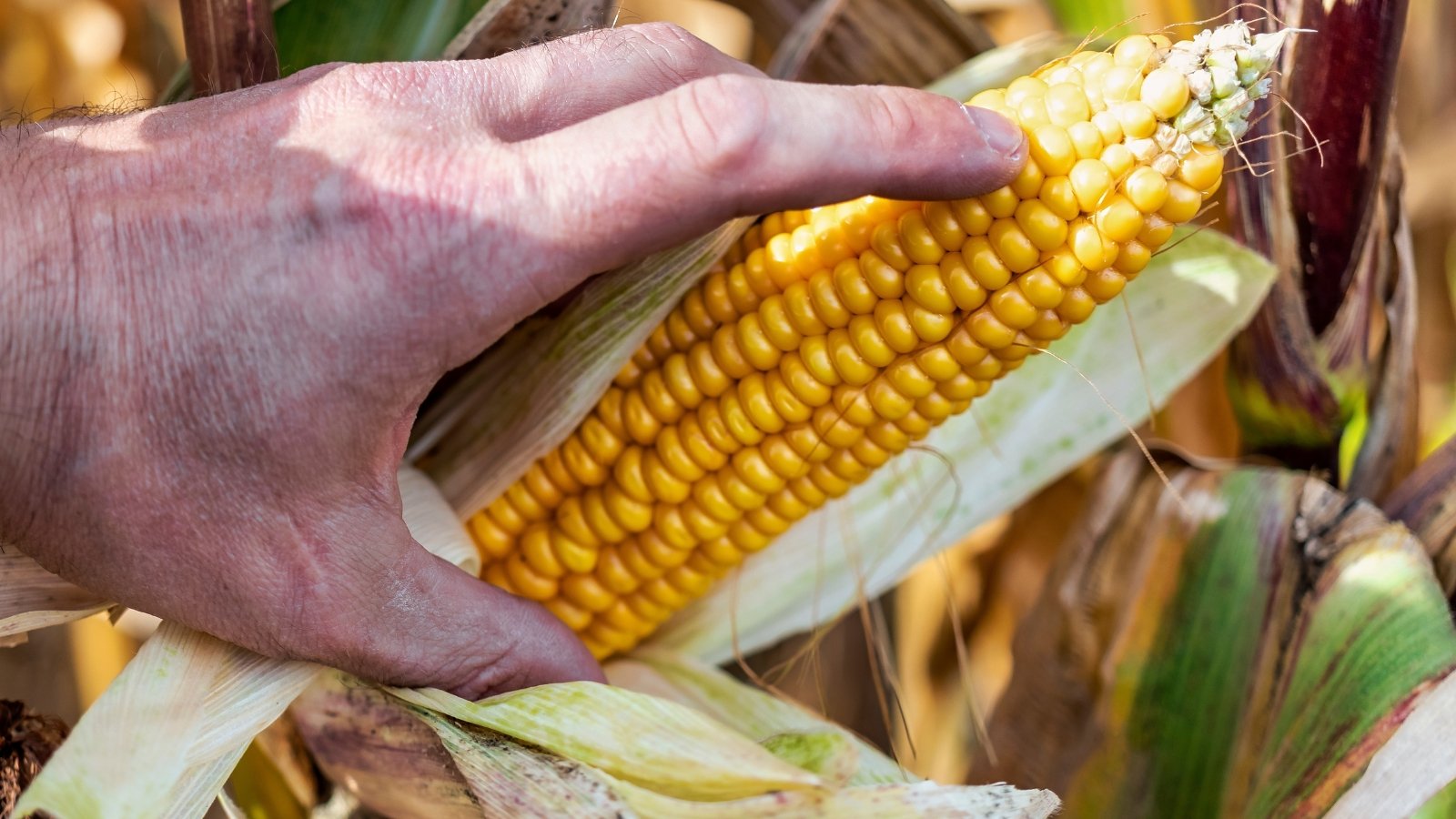 Milky juice means the ear is sweet and ready.
Milky juice means the ear is sweet and ready.The best indicator of ripe corn is the juice inside the kernels. It changes texture and color based on how ripe the ears are. You can check the juice to determine whether your corn is ready for harvesting or not.
To check, first peel back the husks to expose the tip of an ear. Pop a kernel with your fingernail. If the juice is clear and runny, the corn isn’t ready. It’s overripe if it’s thick and viscous. The corn is ready to pick if the juice is milky white, and it squirts out when you pinch the kernel.
The squeeze test works well at any point in the harvesting period. If you’re unsure, you can use this test to verify the ripeness. After many years of growing corn and using the squeeze test, you’ll learn the telltale signs of a ready cob.
Harvest Baby Corn Early
 Baby corn’s charm is all in the early grab.
Baby corn’s charm is all in the early grab.Baby corn is a delicacy! It’s commonly available in cans. However, fresh baby cobs taste way better than canned ones. You can convert your crop into a baby crop by harvesting early and consistently.
Baby corn is ready a few days after the silks first appear. You don’t have to wait for the ears to swell, since you want the cobs to be small, tender, and crunchy. Instead of eating just the kernels, you’ll eat the entire baby cob whole.
Keep your miniature vegetables in the fridge for storage. Peel the husks off, remove the silks, and wash the cobs. Let them dry, then place them in a container. Store the container in your fridge until you’re ready to eat the small cobs.
Wait to Pick Popcorn
 Wait for crisp husks and firm kernels before collecting.
Wait for crisp husks and firm kernels before collecting.Popcorn takes a long time to ripen. Instead of harvesting the corn when the kernels are fresh, you’ll wait a bit to let them dry and harden. Leave the ears on the stalks until their husks are yellow-brown, papery, and dry. The silks will wither, and the kernels inside will be tough and firm.
When the ears are ready, prune them off and let them dry further. Once they’re completely dry, you can rub off the kernels and collect them. They should easily fall off the cobs when they’re ripe and dry.
Keep the rubbed-off kernels inside a vessel like a glass jar or plastic food storage container. Store them in a dry place, like above the fridge or in your pantry.
Grow Locally Adapted Corn
 A great match between plant and place makes all the difference.
A great match between plant and place makes all the difference.Oftentimes, corn is ready too early or too late because of the variety! Various cultivars excel in different regions. Some prefer the dry, hot sun of the Southwest, while others tolerate excess rainfall and humidity. It’s best to grow a variety that’ll thrive in your climate.
Instead of buying other breeders’ cultivars, why not make a new cultivar yourself? By saving seeds annually, you can create a locally adapted variety that’ll perform well in your garden. Start by planting seeds of a variety that you like.
At the end of the season, leave an ear or two to ripen and harden. Harvest the ears, rub off the seeds from their cobs, and keep the seeds until the time for planting arrives. Repeat this process annually, and you’ll have a locally adapted variety in a few years.
Key Takeaways
- There are a few different ways to determine if your corn is ready for harvesting. Use the squeeze test to see the consistency of the corn’s juice.
- Other indicators of ripeness include withering silks, plump ears, and firm cobs.
- When to harvest depends on the type of corn you’re growing: pick baby cobs early and let popcorn swell and harden before harvesting.
- Sweet corn is the type that most gardeners prefer; it’s typically ready about three weeks after the silks first appear.
- Annually, save seeds from your favorite cultivar to create a locally adapted variety.
Frequently Asked Questions
Your crop will likely be ready at the end of summer, about three weeks after the silks first appear. Check the kernels by squeezing one with your finger. White, milky juice should squirt out.
Yes! Early harvests display poor kernel formation and lackluster yields. If, however, you like eating baby cobs whole, harvest the ears a few days after the silks appear.
It depends! It’s never okay to steal corn from a farmer’s field. Once you have permission, you may pick ears from the field for cooking and eating. Use caution, as some growers use pesticides that have harmful effects.


 1 day ago
10
1 day ago
10
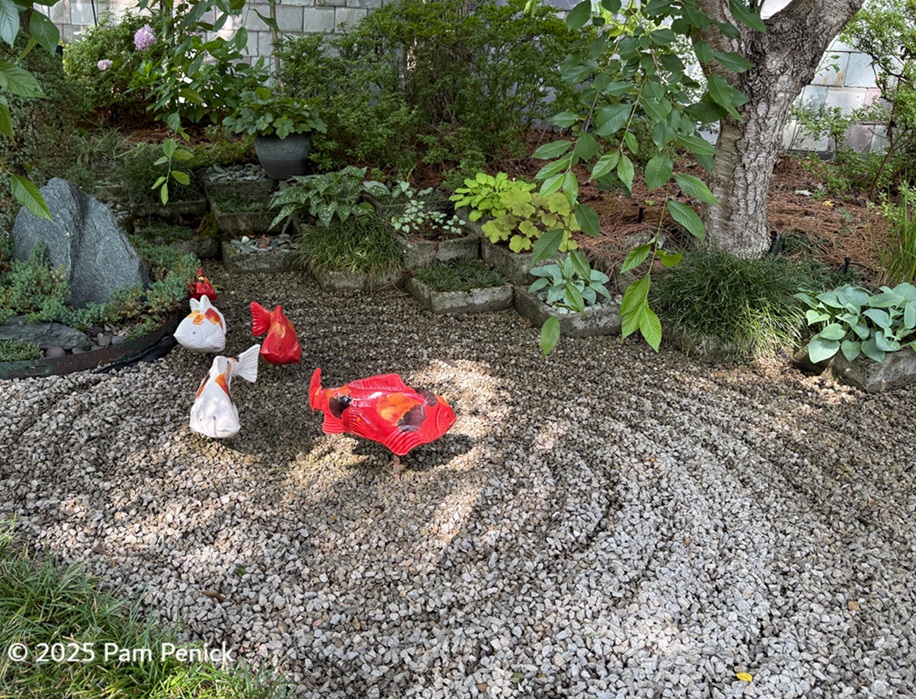
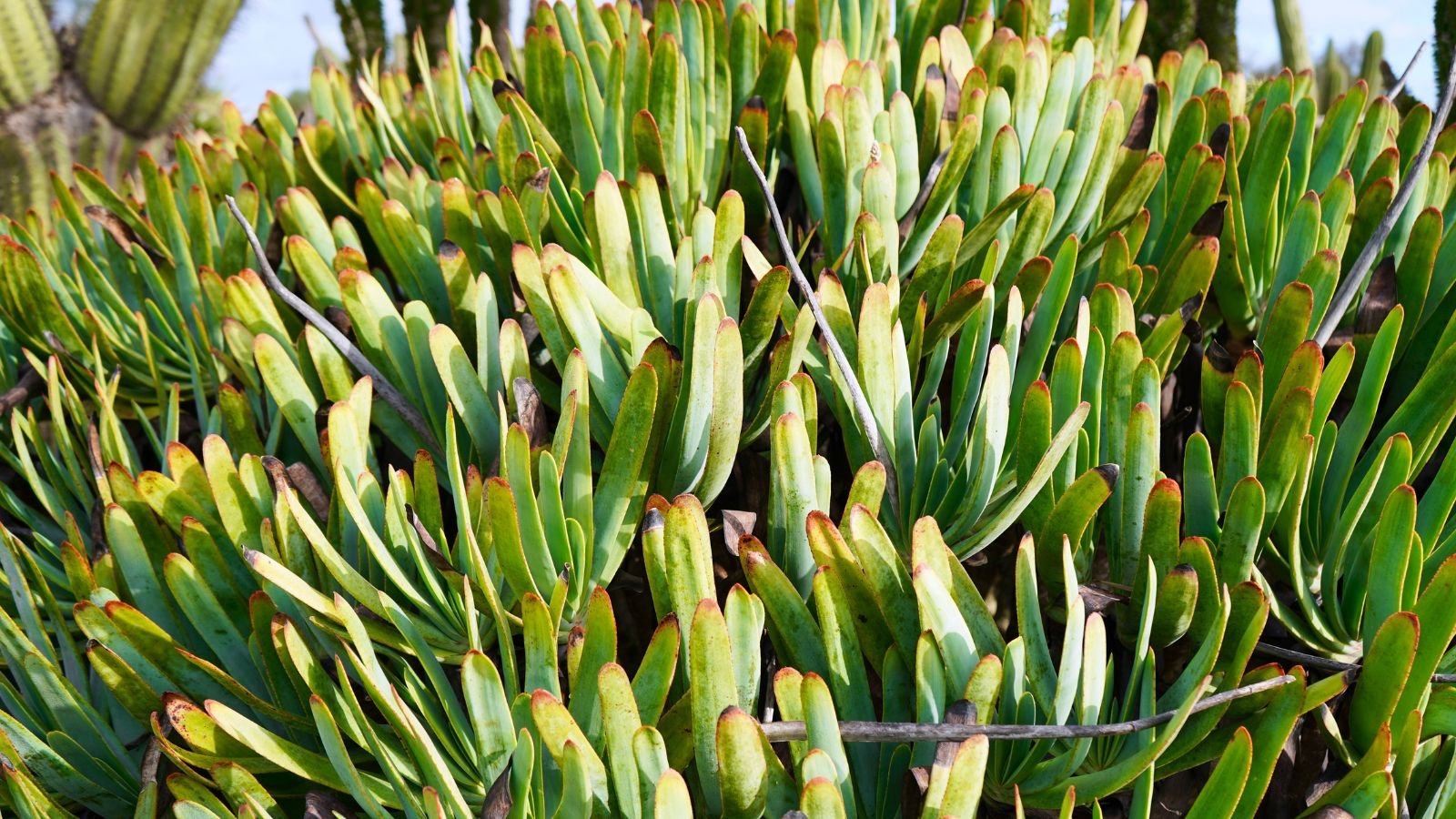




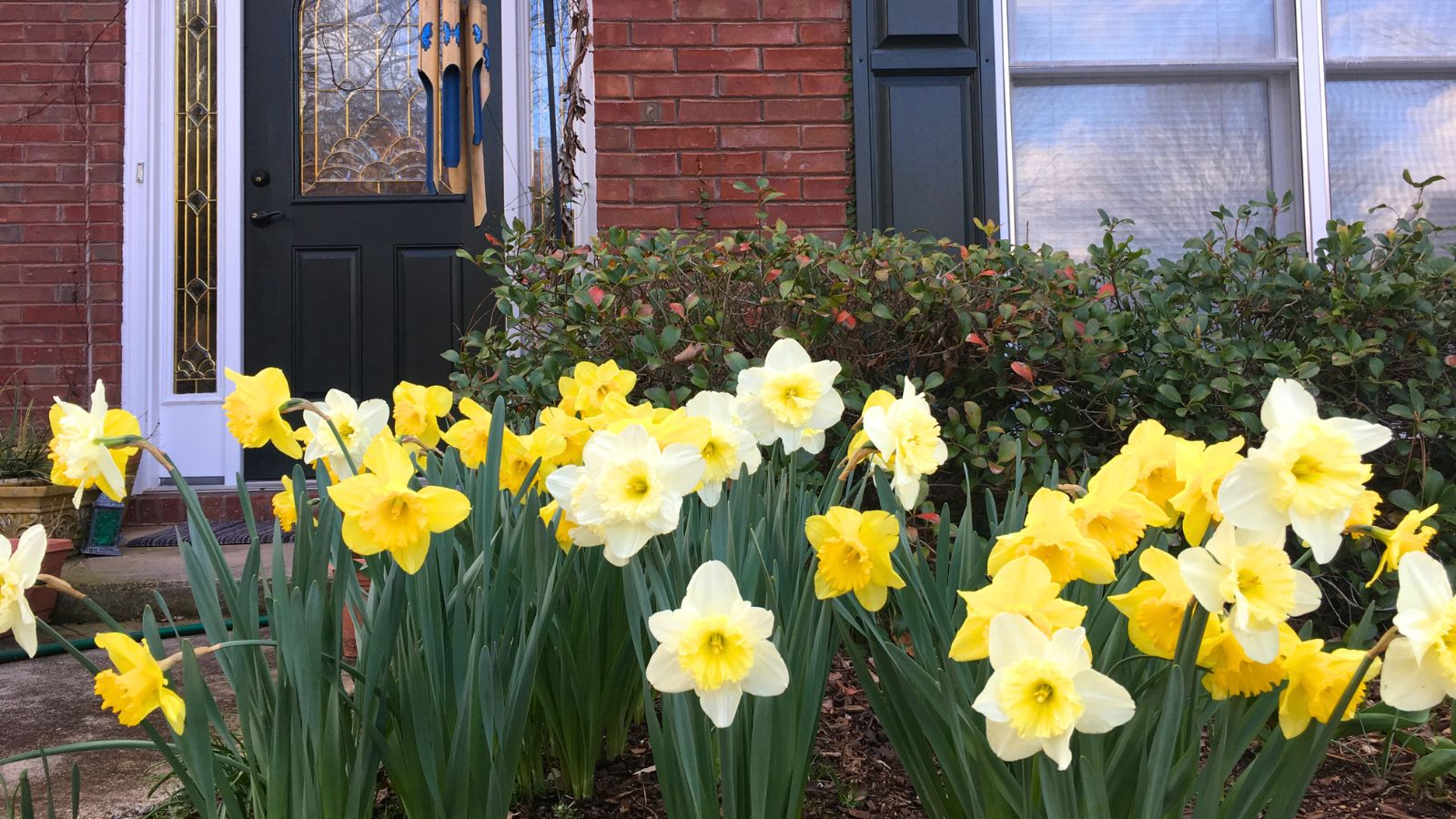














 English (US) ·
English (US) ·  French (CA) ·
French (CA) ·